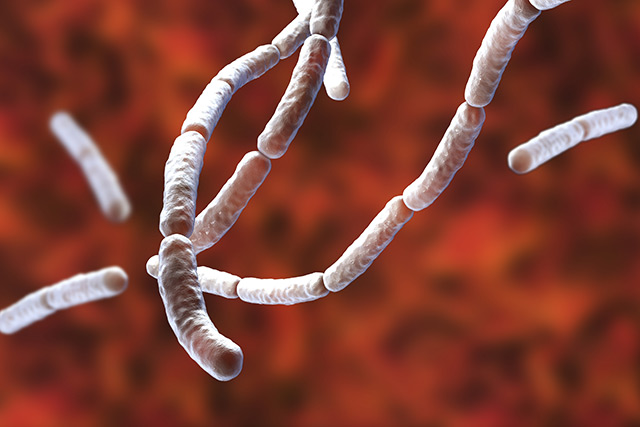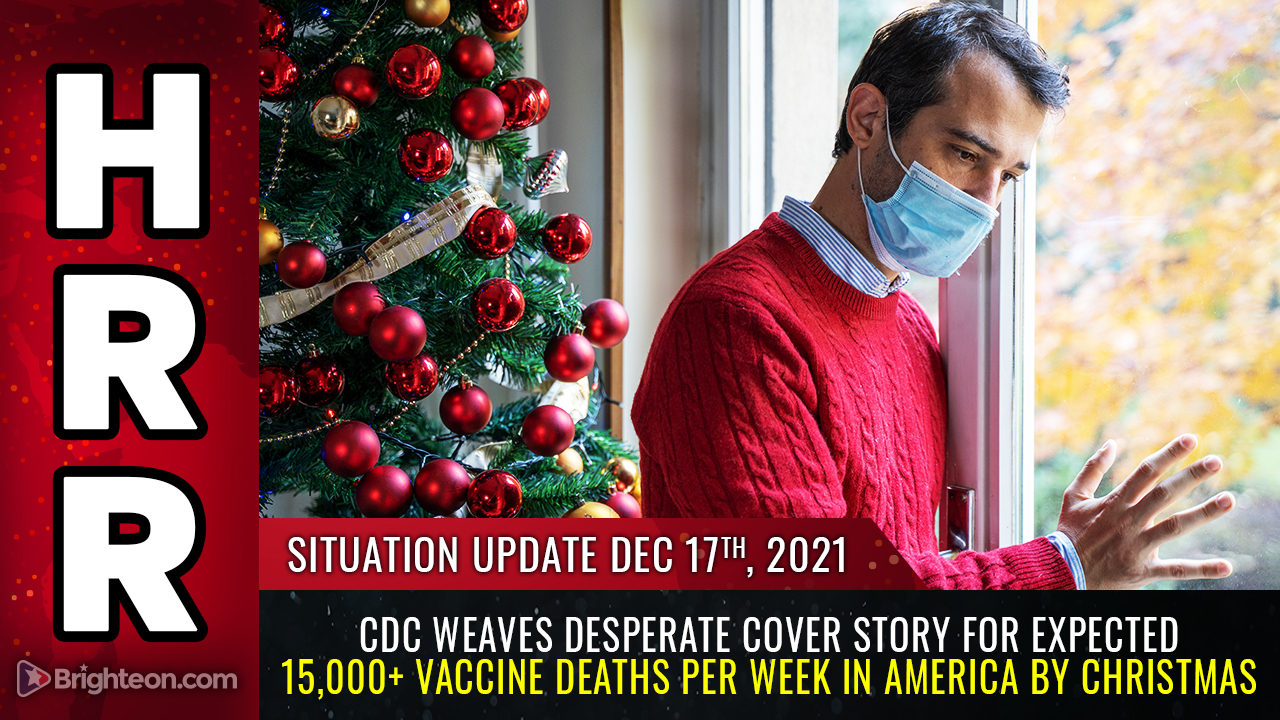Deadly “black fungus” infection spreads among coronavirus patients in India
05/20/2021 / By Virgilio Marin

A fatal fungal infection has been spreading among current and recovered Wuhan coronavirus (COVID-19) patients in India due to intensive medical intervention. Known as the “black fungus” infection or mucormycosis, the disease mainly affects people with weakened immune systems.
In a health advisory on Sunday, May 9, the Indian Council of Medical Research (ICMR) warned that the fungus could damage the sinuses or lungs when inhaled. Patients who were on medication for some time and those who required prolonged stays in the ICU are particularly susceptible to the infection, the council added. Symptoms include pain and redness around the eyes and nose, shortness of breath, bloody vomiting and an altered mental state.
The deadly fungal infection had been present in India before the COVID-19 pandemic, but cases were very rare back then. Infectious diseases specialist Atul Patel told AFP that cases in recovered coronavirus patients were nearly four to five times higher than pre-pandemic numbers.
Khusrav Bajan, a consultant at Mumbai’s PD Hinduja National Hospital, said that up to 300 cases had been detected in the state of Maharashtra, which is home to India’s financial hub Mumbai. State-run hospitals in the state of Gujarat also reported about 300 cases across four cities, including the state’s largest Ahmedabad. The rise in cases was attributed in part to intensive medical intervention, which includes putting oxygen tubes through the nose.
The mortality rate for the infection is very high, and even the few who recover are often left disfigured by the extensive and aggressive surgery required to get rid of the fungi. Indeed, local media outlets reported COVID-19 patients who lost their eyes and upper jaws after getting treated for the disease.

“This is a fast-moving infection. It can grow within two weeks,” said Bajan, who is also a member of Maharashtra’s COVID-19 task force. “It’s a Catch-22, coming out of a virus and getting into a fungal infection. It’s really bad.”
The ICMR advised doctors to monitor an infected patient’s blood sugar levels and to use clean, sterile water in humidifiers that are used for oxygen therapy. The council also warned against the overuse of steroids, which it said could worsen the infection. Amid the rise in cases, Gujarat ordered government hospitals to set up separate treatment wards for patients with mucormycosis.
Fungal infection is another challenge in India’s fight against COVID-19
This comes as India is battling a second wave of Wuhan coronavirus infections. For the past couple of weeks, the country logged recorded more than 300,000 COVID-19 cases every day, Bloomberg reported. As of Tuesday, May 11, its total caseload stood at nearly 23 million, which is the second-highest after the U.S.
Pundits predicted that India’s daily case count would breach 500,000 by the middle of this month, fueling calls for lockdowns and other restrictions. During a federal government meeting in late April, Indian officials agreed that heavily populated states such as Maharashtra and Gujarat would be the major drivers to the surge. The officials raised concerns about the healthcare system in each state, noting that it is already not adequate to cope with the present situation. (Related: Hospital fire in India kills 15 amid second wave of coronavirus infections.)
In Gujarat, all government hospitals are now fully occupied, but COVID-19 patients are still pouring in by the handful every day. Many religious and social organizations stepped in and converted their buildings into COVID-19 care centers to relieve the strain. In the city of Vadodara, a mosque was converted into a 50-bed treatment facility equipped with medical supplies and a team of doctors, nurses and paramedical staff.
Experts warned that the sheer size of the outbreak in India would likely generate new virus mutations. According to William Haseltine, a former Harvard Medical School professor who now heads the think tank Access Health International, second- or third-generation versions of the Indian variant known as B.1.617 could be circulating in the country. Some of those might be more dangerous, he said, meaning they could be more transmissible or current COVID-19 vaccines might be ineffective against them.
Read the latest news about the COVID-19 pandemic and how countries are faring at Pandemic.news.
Sources include:
Tagged Under: black fungus, coronavirus, covid-19, fungal infection, immune system, India, infections, mucormycosis, outbreak, pandemic, second wave, superbugs, Wuhan coronavirus




















